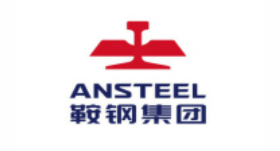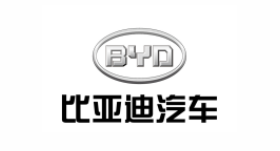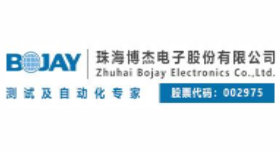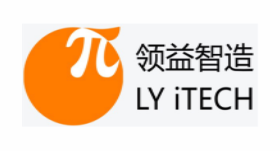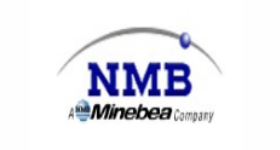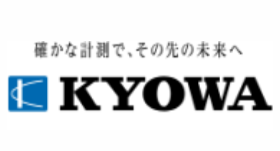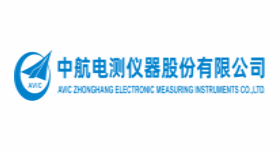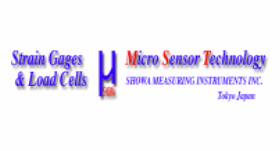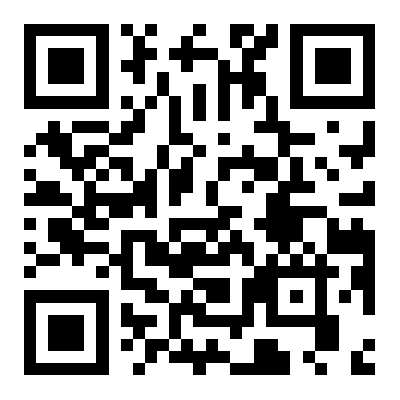This article first introduces the working principle, composition and advantages of strain sensors, then discusses the advantages and disadvantages of using strain sensors for force measurement, and finally presents four commonly used strain sensors. Let's take a closer look at them together with the Sensor Network editor. Working Principle of Strain Sensors
Strain gauge sensors are sensors that convert strain into resistance changes by using resistance strain gauges. The sensor is composed of a strain-sensitive element (which converts strain into resistance changes) adhered to an elastic element (which senses strain). When the physical quantity to be measured acts on the elastic element, the deformation of the elastic element causes a change in the resistance value of the sensitive element. Through a conversion circuit, this is transformed into an electrical output. The magnitude of the electrical quantity change reflects the size of the physical quantity being measured. Strain gauge sensors can measure physical quantities such as strain stress, bending moment, torque, acceleration, and displacement.
Strain is the phenomenon of an object deforming under external pressure or tensile force. When the external force is removed, if the object can fully restore its original size and shape, this strain is called elastic strain. An object with elastic strain characteristics is called an elastic element. The working principle of a resistance strain gauge is based on the strain effect, that is, when a conductor undergoes mechanical deformation, its resistance value changes accordingly.
Composition of Strain Sensors
The sensitive grid is the core part of the strain gauge, which senses strain and converts it into changes in resistance. There are three types of sensitive grids: wire type, foil type and thin film type.
(2) Base: The base is an intermediate medium that transfers the strain on the surface of the sensor's elastic body to the resistance wire grid, and it also serves to insulate and protect the resistance wire from the elastic body. The base must have good insulation; otherwise, the minute changes in the strain gauge will be lost. The base is typically composed of thin paper, adhesive film, etc.
(3) Adhesive Adhesive is used for bonding the sensitive grid to the substrate, the substrate to the specimen, and the substrate to the protective layer.
(4) The protective coating serves to shield the strain gauge, while also preventing moisture, corrosion and dust.
(5) Leads: Leads are used to connect the resistance wire with the measurement circuit and output electrical parameters.
Advantages and disadvantages of using strain sensors for force measurement
Advantages of Strain Gauges
It has high resolution and can measure extremely small strains, such as 1-2 microstrains.
The error is relatively small, generally less than 1%.
3. Small in size and light in weight.
4. It has a wide measurement range, capable of measuring from elastic deformation all the way to plastic deformation (1-2%), with a maximum of up to 20%.
5. It can measure both static and rapid alternating stress.
6. It has all the advantages of electrical measurement, such as the measurement results being easy to transmit, record and process.
7. It can operate in a wide range of harsh environments. For instance, from the vacuum of space to several thousand atmospheres; from temperatures close to absolute zero to nearly 1000℃; centrifugal acceleration can reach hundreds of thousands of "g"; and it can also work reliably under conditions of vibration, magnetic fields, radiation, and chemical corrosion, as long as appropriate measures are taken.
8. Low in price and diverse in variety, it is convenient to choose and use in large quantities.
Advantages and disadvantages of using strain sensors for force measurement
Advantages
Compared with force sensors, strain sensors are much cheaper, especially when compared with high-force sensors.
2. Strain sensors do not affect the stiffness of the system. Therefore, the dynamic characteristics of the machine will not be affected.
3. The large force sensor requires a certain amount of space for installation. This means that the overall structure of the measurement system will change.
Disadvantage
Compared with force sensors, the accuracy of strain sensors is much lower.
2. Strain sensors need to be calibrated after installation. During the calibration process, a force sensor, such as C6A, is required. Then, signal comparison is conducted to convert strain into force values. Of course, a known-weight object can also be used for calibration. Obviously, the accuracy of the strain sensor cannot exceed that of the calibration process.
Advantages and disadvantages of using strain sensors for force measurement
Commonly used strain sensors
Diaphragm type
The elastic sensitive element of this sensor is a circular metal flat diaphragm fixed around the edge. When the diaphragm deforms under pressure, the radial strain and tangential strain at the center both reach the positive maximum, while the radial strain at the edge reaches the negative maximum and the tangential strain is zero. Therefore, two strain gauges are often attached respectively at the positions of positive and negative maximum strain and connected in a half-bridge circuit with adjacent arms to achieve higher sensitivity and temperature compensation. Using circular foil strain gauges (see resistance strain gauges) can maximize the strain effect of the diaphragm. This type of sensor has a relatively significant nonlinearity. The latest product of diaphragm pressure sensors integrates the functions of the elastic sensitive element and the strain gauge into a single crystal silicon diaphragm, that is, resistive strips are diffused and fabricated on a single crystal silicon diaphragm using integrated circuit technology and a peripheral fixed structure is adopted to form a solid-state pressure sensor (see piezoresistive sensors).
2. Strain tube type
Also known as the strain tube type. Its elastic sensitive element is a thin-walled cylinder with one end closed, and the other end is equipped with a flange to connect with the measured system. Two or four strain gauges are attached to the cylinder wall, with half of them attached to the solid part as temperature compensation gauges and the other half as measurement strain gauges. When there is no pressure, the four strain gauges form a balanced full-bridge circuit; when pressure acts on the inner cavity, the cylinder deforms into a "waist drum shape", causing the bridge to lose balance and output a voltage that is related to the pressure in a certain way. This type of sensor can also use a piston to convert the measured pressure into force and transfer it to the strain tube or transfer the measured pressure through a membrane in the shape of a vertical chain. The strain tube pressure sensor has a simple structure, is easy to manufacture, and has strong applicability. It is widely used in the dynamic pressure measurement of rocket projectiles, artillery shells, and artillery.
3. Strain beam type
When measuring smaller pressures, structures with fixed beams or beams of equal strength can be adopted. One method is to use a diaphragm to convert pressure into force and then transfer it to the strain beam through a force transmission rod. For a beam fixed at both ends, the maximum strain occurs at the ends and the midpoint of the beam, and strain gauges are attached to these locations. There are other forms of this structure, such as using a suspended beam in combination with a diaphragm or bellows.
4. Combined type
In the combined strain pressure sensor, the elastic sensitive element can be divided into the sensing element and the elastic strain element. The sensing element converts the pressure into force and transmits it to the most strain-sensitive part of the elastic strain element, while the strain gauge is attached to the position with the maximum strain of the elastic strain element. In fact, the more complex strain tube type and strain beam type both belong to this type. The sensing elements include diaphragms, capsule, bellows, Bourdon tubes, etc., and the elastic strain elements include cantilever beams, fixed beams, Π-shaped beams, annular beams, thin-walled cylinders, etc. They can be combined into various types according to different needs. Strain pressure sensors are mainly used to measure the dynamic or static pressure of flowing media, such as the inlet and outlet gas or liquid pressure of power pipeline equipment, internal combustion engine pipeline pressure, etc.



